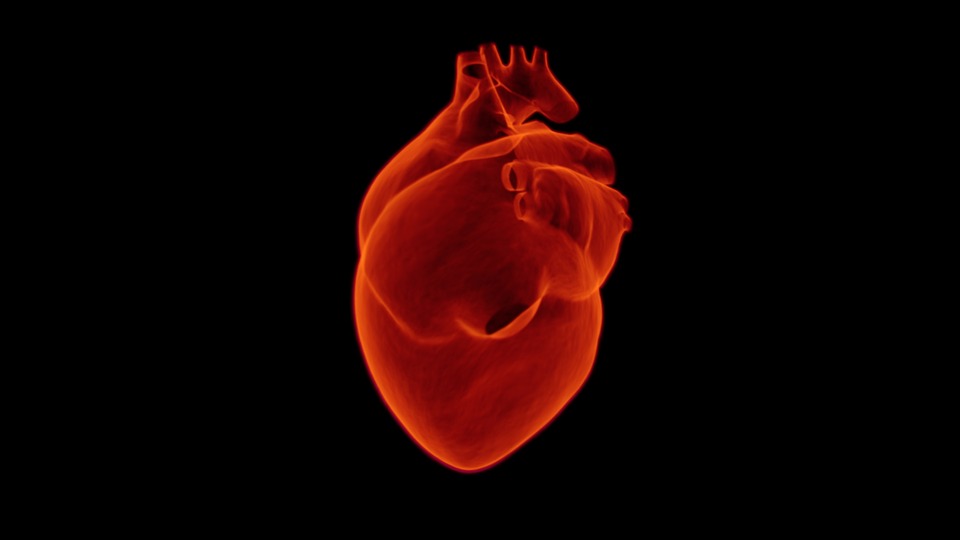
Various media sources have reported that eating fruit, vegetables, fibre and dairy is linked with a lower risk of stroke.
This follows a large European cohort study that looked at the link between different food groups and the risk of stroke in more than 400,000 people (average age 50 years) from 9 European countries. During around 12 years of follow-up, 1 to 2 in every 100 of the study group had a stroke.
Researchers found that increased consumption of fruit and vegetables, dietary fibre and dairy were linked with lower risk of the most common type of stroke caused by a blood clot (ischaemic stroke).
In absolute terms, eating about 200g extra of fruit and vegetables each day was linked to 1 fewer stroke per 1,000 people over 10 years. Increased fibre intake was linked to 2 fewer strokes, and increased dairy intake was linked to between 0.4 and 0.9 fewer strokes per 1,000 people over 10 years.
However, the study still cannot prove direct cause and effect. Many other health and lifestyle factors are likely to contribute to an individual’s overall risk of stroke, which perhaps explains why the links with these dietary factors are quite small.
We also do not know detail about the types of food consumed. For example, whether dairy was low fat or full fat. It’s perhaps not sensible to tell people they can eat as much cheese as they like and they’ll lower their risk of stroke because cheese is often high in saturated fat, which can be harmful to cardiovascular health.
Nevertheless, the study supports what we already know about the benefits of a healthy diet which is high in fruit, vegetables and dietary fibre.
Where did the story come from?
The ongoing European Prospective Investigation into Cancer and Nutrition (EPIC) cohort is formed by a European team of researchers, centrally coordinated by researchers from Imperial College London and the International Agency for Research on Cancer in Lyon, France.
The study has received funding from extensive sources, including the UK Medical Research Council, Cancer Research UK and the Wellcome trust.
The current study is published in the European Heart Journal, and is free to read online.
What kind of research was this?
EPIC is an ongoing prospective cohort study, reportedly one of the largest in the world. It was designed to look at the relationship between diet, nutrition and lifestyle and various chronic diseases, including cancers.
Large cohort studies, which follow people over time, are a good way at looking at the link between an exposure (such as diet) and the effect on a health outcome (such as stroke). The main drawback is that they can never prove direct cause and effect with complete certainty, as other factors could be having an influence.
What did the research involve?
This analysis involved 418,329 adults (average age 50) who were recruited to the EPIC cohort between 1992 and 2000 from 9 European countries (Denmark, Germany, Greece, Italy, the Netherlands, Norway, Spain, Sweden, and the UK). The cohort actually includes 10 countries, but France was excluded from this analysis as they did not collect information on stroke.
Participants completed diet and lifestyle questionnaires at recruitment, in addition to an assessment of body measurements and physical activity level. The food questionnaires asked about dietary intake over the past year and assessed:
- meat products (red meat, processed meat, and poultry)
- fish (white fish and “fatty” fish)
- dairy products (milk, yoghurt, cheese)
- eggs
- cereals and cereal products
- fruit and vegetables (combined and separately)
- legumes, nuts and seeds
- dietary fibre (total fibre, plus cereal, fruit, and vegetable fibre separately)
A small sample (8% of the cohort) also completed one-off 24-hour computerised food diaries.
Stroke was the main outcome of interest in this study, specifically broken down into ischaemic stroke (caused by a blood clot) and haemorrhagic stroke (caused by a bleed). These events were as documents in medical records, using recognised diagnostic criteria.
The researchers looked at the link between diet and stroke, taking account of potential confounders including:
- age, gender and country of residence
- smoking and alcohol use
- physical activity
- total energy (food) intake
- education and employment
- diabetes, high blood pressure and high cholesterol
What were the basic results?
Over an average 12.7 years of follow-up there were 4,281 new cases of stroke (affecting 1% of the cohort), 2 in 3 of which were ischaemic, and 1 in 3 haemorrhagic.
The researchers found:
- 200g higher fruit and vegetable intake per day decreased stroke risk by 13% (hazard ratio [HR] 0.87, 95% confidence interval [CI] 0.82 to 0.93)
- 10g higher fibre intake per day decreased risk by 23% (HR 0.77, 95% CI 0.69 to 0.86)
- 200g higher milk intake per day decreased risk by 5% (HR 0.95, 95% CI 0.91 to 0.99)
- 100g higher yoghurt intake per day decreased risk by 9% (HR 0.91, 95% CI 0.85 to 0.97)
- 30g higher cheese intake per day decreased risk by 12% (HR 0.88, 95% CI 0.81 to 0.97)
The researchers calculated that in absolute terms, eating 200g more fruit and vegetables each day would lead to 1 fewer stroke per 1,000 people over 10 years, while this level of fibre would lead to 1.7 fewer strokes, and dairy between 0.4 and 0.9 fewer strokes per 1,000 over 10 years.
They also found that eating 20g more eggs per day was linked with a 25% increased risk of haemorrhagic stroke, which equated to about 0.7 more strokes per 1,000 people over 10 years. But this was the only significant link found.
How did the researchers interpret the results?
The researchers conclude that a high intake of fruit and vegetables, dietary fibre and dairy was linked with lower risk of ischaemic stroke, while higher egg consumption increased the risk of haemorrhagic stroke.
Conclusion
This is a valuable study that has made use of data collected from the EPIC cohort to look at the links between diet and stroke. The study benefits from the large number of participants, giving wide representation across European countries. The large participant size has also allowed the researchers to analyse the results by specific type of stroke.
The findings support general understanding that a higher consumption of fruit, vegetable and fibre is beneficial to cardiovascular health, including reducing risk of the most common type of stroke.
However, cohort studies can never prove direct cause and effect. Although the researchers have tried to account for various confounders, we can never be sure that the influence of all other health and lifestyle factors has been removed.
Even though higher intake of these foods did reduce risk, the absolute reductions are fairly small, at around 1 to 2 fewer strokes per 1,000 people over 10 years. This perhaps goes to show that many other factors are likely to contribute to stroke risk in any individual. Nevertheless, even these small differences from a healthy diet could make a difference at the population level.
With dairy and egg consumption it’s worth using some caution with the results. The links with dairy were fairly weak and close to the 1.00 threshold of statistical significance.
We also do not know anything about the type of dairy eaten. For example, whether it was low-fat or full-fat varieties. Suggesting, for example, that eating as much cheese as you want will reduce your stroke risk would not be sensible, considering that cheese is often high in saturated fat.
Also, we should not conclude with certainty at this stage that eggs are definitely bad for you because of small links with the rarer type of haemorrhagic stroke.
Interestingly the study found no link with red meat or processed meat and stroke. But again, caution needs to be taken before concluding that a high intake of red or processed meat is now “safe”. The study has only looked at stroke, not at other cardiovascular outcomes such as heart disease, or cancers.
It’s also worth remembering that food frequency questionnaires that ask people to average their diet over the course of a year can never be entirely accurate, particularly when estimating quantities.
Analysis by Bazian
Edited by NHS Website



